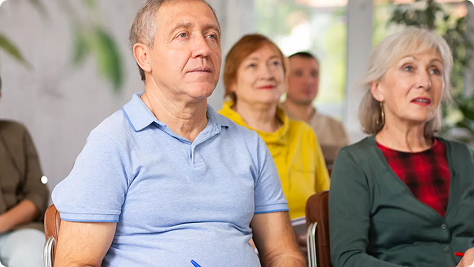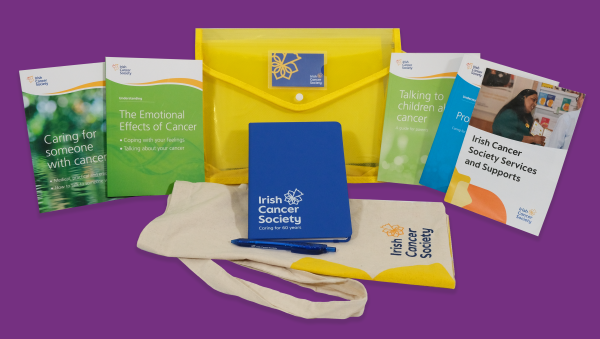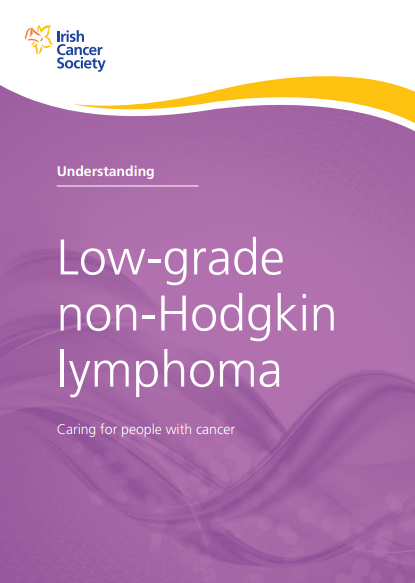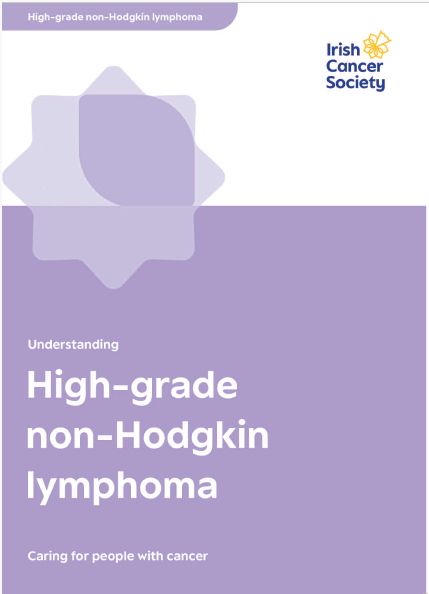Non-Hodgkin lymphoma
Treatment
What is the aim of treatment?
The aim of treatment is to put the lymphoma into remission.
Remission means the lymphoma is no longer active and is under control. It has been reduced or is gone completely. A long-term remission can be either partial or complete.
- Complete remission: There are no visible signs of the lymphoma after treatment. The longer you are in complete remission, the less likely it is that the lymphoma will come back.
- Partial remission: The lymphoma has been reduced by at least half but is not completely gone.
How your lymphoma is treated will depend on if you have low-grade or high-grade non-Hodgkin lymphoma.
Treatment for low-grade non-Hodgkin lymphoma
Low-grade treatment: Early stage
In early-stage disease, usually 1 or 2 groups of lymph nodes in just one part of your body are affected. After the first course of treatment, there is a good chance of getting a complete remission, so the lymphoma won’t come back. It’s more usual for patients to be diagnosed at a later stage.
There may be little or no benefit to treatment if the lymphoma is very slow growing and not causing any symptoms. It may be the best option for you as you will still be closely monitored, but you won’t have any of the side-effects that treatment can cause. Watch and wait can last for months or even years.
Check-ups
During this time, you will have regular check-up visits and all the support you need. Your doctors will check your condition with physical exams, blood tests and possibly scans. Based on these results, they can decide when it’s time to start treatment and look at your options.
What should I look out for?
Watch for any symptoms like high temperatures or fevers, night sweats, weight loss or poor appetite, or an itchy rash. These might mean the lymphoma is becoming active. Tell your medical team if you have symptoms.
Worried about not having treatment?
It is natural to feel uneasy and worried if you are not receiving treatment. In fact, you may feel that your doctors are doing nothing about your lymphoma. You may even think that you are too old to treat or that the disease is too advanced. Remember watch and wait is a recognised standard of care if you have no symptoms. It also means you avoid any harmful side-effects of treatment.
When does treatment begin?
Your doctor might start treatment when symptoms develop. For example, if your lymph nodes are getting larger or new ones are affected. You might also need treatment if your blood cell count has decreased, and you feel unwell, or your bone marrow or other organs are affected. However, treatment can be delayed for as long as you are well.
High-energy X-rays are aimed at a cancer to cure or shrink it. The X-rays are only aimed at the lymphoma. Radiotherapy may be used on its own when the lymphoma is found in one or two groups of lymph nodes in the same part of your body. It may also be given after a course of chemotherapy.
Radiotherapy can also be used if the lymphoma is found in the fluid around your brain or if there is a high risk that it may develop there. Read more about radiotherapy.
There is a risk that some lymphoma cells may be left behind after radiotherapy, increasing the risk of the disease relapsing. In this case, your doctor may advise a short course of chemotherapy or targeted/immunotherapy drugs, given either before or after radiotherapy.
Read more about targeted therapies for lymphoma.
Steroids can help to kill the lymphoma cells and to improve how chemotherapy works. They can also help with side-effects like feeling sick.
Low-grade treatment: Advanced stages
Advanced stage disease means that lymph nodes are affected in several places in your body. It is often hard to get rid of advanced stage lymphoma completely. It is likely to come back (recur) and it often behaves like a chronic condition. This means having lymphoma can be like having a long-term illness, which needs treatment from time to time when the condition flares up.
The treatment will aim to get the disease under control and bring about another remission.
Chemotherapy uses drugs to kill cancer cells. A number of chemotherapy drugs may be given to bring about remission. Over the years, you may receive several courses of treatment, sometimes a repeat of the same treatment or a different drug. Steroids may also be given as well.
Read more about chemotherapy.
Monoclonal antibodies are the type most commonly used. Read more about targeted therapies for lymphoma.
Using high-energy rays to target the cancer cells. Radiotherapy might be given to the small area of affected lymph nodes and nearby nodes. Read more about radiotherapy.
All the blood cells in your bone marrow are destroyed with high-dose chemotherapy or radiotherapy and replaced with healthy stem cells. Transplants are not suitable for every patient. Transplants are not common and are only used if the lymphoma has come back. Read more about stem cell transplants.
Treatment for high-grade non-Hodgkin lymphoma
High-grade treatment: Early stage (Stage 1A)
- Radiotherapy to the affected lymph nodes: Using high energy rays to destroy the cancer cells. Read more about radiotherapy.
- Drug treatments: Using chemotherapy and other drugs called monoclonal antibodies, often along with radiotherapy. Read more about chemotherapy and targeted therapy for lymphoma.
High grade treatment: All other stages
Drug treatments
These can include:
- Intensive chemotherapy - using a combination of drugs to shrink high-grade lymphomas very quickly.
- Intrathecal chemotherapy - this is chemotherapy that is injected into your spinal fluid during a lumbar puncture. Used for lymphomas affecting your brain and spinal cord.
- Steroids - can help to kill the lymphoma cells and improve how the chemotherapy works. They can also help with side-effects like feeling sick.
Targeted therapies and immunotherapies - in recent years, there have been big developments in targeted and immunotherapies, such as CAR T-cell therapy.
Stem cell transplant
A stem cell transplant may be given if there is a high risk of your lymphoma returning, if it has recurred or if treatment has failed.
This treatment destroys all the blood cells in your bone marrow and provides you with stem cells. These stem cells are blood cells at their earliest stage of development that will grow into new healthy blood cells.
High-grade lymphomas usually respond very well to treatment. Many people are cured or stay in remission for a long time, with a good quality of life. If it does come back (recurrence), it can be treated again.
What side-effects will I get?
The type of side-effects you get will depend on:
- The kind of treatment
- The dose
- How long treatment lasts
- Your own general health
Some treatments might make you less resistant to infection, feel sick (nausea), vomit or have diarrhoea. You might also lose your appetite or your hair. Many treatments cause you to feel very tired (fatigue). Read about the different treatments for more about their side-effects.
Most side-effects do not last long and disappear once treatment is over. The side-effects of stem cell transplant can be more severe.
Your doctor or nurse will discuss any possible side-effects with you before treatment begins.
Continue reading about non-Hodgkin lymphoma
Non-Hodgkin lymphoma patient booklets




Get help & support

Support Line
Free support pack



